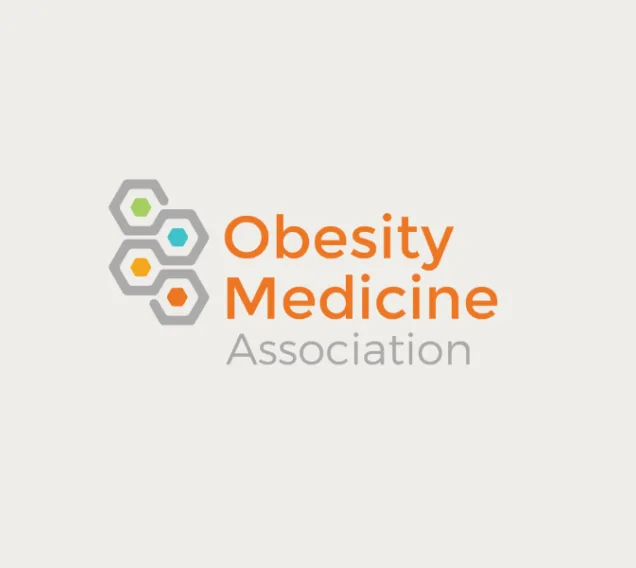March 31, 2021
Evolutionary Biology of Obesity: NotByChoice™
Share this post

Obesity is a public health crisis of pandemic proportions. The pervasive stigmatization of individuals affected by obesity undermines obesity intervention efforts. Obesity bias and discrimination blames the individual affected by obesity for his excess weight. We justify our prejudices by assuming that individuals affected by obesity lack the self-discipline to adopt healthier lifestyles and so they are personally responsible for their weight. If you struggle to lose weight perhaps it is because human biology is working against you. It is time for our judgmental society to stop stereotyping individuals affected by overweight and obesity. It is time to reframe the issue.
Obesity is a complex condition determined by genetic, biological, and environmental factors. How does our evolutionary past contribute to obesity? What are the evolutionary roots of metabolic control? How is obesity driven by modern civilization?
Most experts agree there is a genetic component to obesity. The rate of heritability of BMI is high, ranging from 40-70%. The commonest form of monogenic obesity is Melanocortin 4 receptor (MC4R) deficiency which results in weight gain from early childhood. In most individuals affected by obesity, no single genetic cause can be identified. Most obesity, however, seems to be multifactorial or the result of complex interactions among many genes and environmental factors that remain poorly understood. Environment and behaviors such as diet and exercise can result in epigenetic changes which may account for obesity traits. Finally, genes and environment interact in a complex system that regulates energy balance, the disruption of which results in energy-balance dysregulation and an increase in adipose tissue.
The ancestors of modern humans were at the mercy of climatic and seasonal events and the ability to store fat was critical for surviving long periods without eating. The efficient storage of energy as fat was a selective advantage (“thrifty genotype” hypothesis). We evolved to survive under challenging conditions and environments. Although food scarcity is now rare, the body is still driven by the same genes to store and conserve fuel as fat.
During the OMA’s Overcoming Obesity 2020 – Virtual Conference (10/10/20), Scott Kahan, MD, MPH, Director of the National Center for Weight and Wellness, presented a CME Program on “Evolution and Obesity: Current Perspectives.” He examined key aspects of human evolution and modern society in the context of the obesity epidemic. He noted that major biological transitions (upright walking, bigger brains) improved food acquisition. Major cultural transitions such as the agricultural revolution and the industrial revolution increased food availability and improved food access. Food acquisition became cheaper, easier, and higher yield. Americans are eating more calories on average than we did in the 1970s from a combination of increased availability, bigger portions, and more high-calorie, palatable foods. We now live in a wealthy obesogenic environment where cheap, energy-dense food is readily accessible – for example, $10 buys 24,000 calories worth of white pasta. Couple the easy access with the relative low energy expenditure required by the modern lifestyle and we have an energy imbalance that contributes to weight gain.
The result has been a mismatch of biology and environment, an evolutionary mismatch. The past several decades have seen an environment that increasingly promotes obesity and a metabolically unhealthy state. The rapid transition to modernity has outpaced the slower rate of biological evolution. Previously adaptive alleles are no longer favored, and once-adaptive traits have become mismatched to modern civilization. In turn, this mismatch has important public health consequences in the form of severe illness risk.
As Dr. Kahan described – appreciating the intersection of human evolution and modern society will inform our understanding of obesity and the obesity epidemic and enhance clinical approaches for obesity prevention and treatment. Just as important, we must advocate an obesity prevention strategy that addresses the stigmatization of obesity as it threatens core public health values. We are now changing the narrative around obesity, the cause, the science, and the stigma.
To learn more, please visit: https://NotByChoice.health
Sponsored by VIVUS, Inc.
-
REFERENCES Heymsfield S, Wadden T. (2017). Mechanisms, pathophysiology, and management of obesity. N Engl J Med, 2017; 376: 254-66. Kahan, S. (2020). Evolution and obesity: current perspectives. CME Lunch Program, Obesity Medicine Association, Overcoming Obesity 2020 – Virtual Conference; October 10, 2020. Manus, M. (2018). Evolutionary mismatch. Evol Med Public Health, 2018(1); 190-91. Speakman, J. (2013). Evolutionary perspectives on the obesity epidemic: adaptive, maladaptive, and neutral viewpoints. Annu Rev Nutr, 2013; 33: 289-317. https://www.cdc.gov/genomics/disease/epigenetics.htm https://www.cdc.gov/genomics/resources/diseases/obesity/index.htm 101037.02-USP
